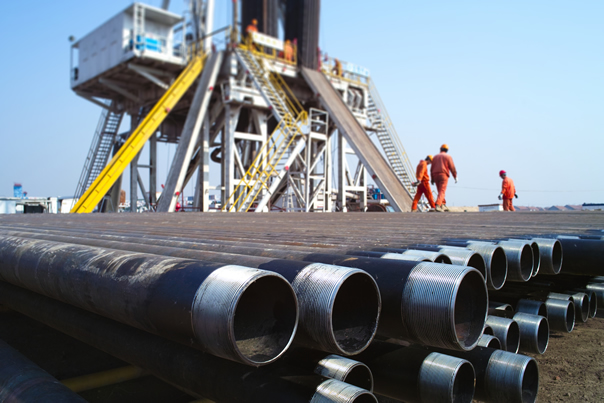When it comes to materials that have revolutionized various industries, advanced composites are at the forefront. In this blog post, we will explore what advanced composites are, the different types of advanced composite materials, the distinctions between composites and advanced composites, and unveil the most commonly used advanced composite in the world of modern manufacturing.

What Is Meant by Advanced Composites?
Advanced composites, often referred to as advanced composite materials, are a family of materials that are engineered to provide superior mechanical, thermal, and chemical properties compared to conventional materials. They are typically composed of two or more distinct components – a reinforcement material and a matrix material – that are combined to create a composite with enhanced performance characteristics.
Types of Advanced Composite Materials
Advanced composites can be categorized into several types based on the materials used as reinforcements and matrices. The most common types include:
1. Carbon Fiber Reinforced Composites:
- Carbon fiber composites are renowned for their exceptional strength-to-weight ratio, making them ideal for applications where lightweight materials with high strength are crucial, such as aerospace and automotive industries.
2. Glass Fiber Reinforced Composites:
- Glass fiber composites are valued for their affordability and versatility. They are used in a wide range of applications, including boat hulls, wind turbine blades, and various consumer products.
3. Aramid (Kevlar) Fiber Reinforced Composites:
- Aramid composites, often known by the brand name Kevlar, are famous for their high tensile strength and resistance to impact. They are commonly used in body armor, protective gear, and aerospace components.
4. Natural Fiber Reinforced Composites:
- Natural fiber composites, derived from renewable sources like hemp or flax, are gaining popularity due to their eco-friendliness. They are used in automotive interiors and construction materials.
5. Ceramic Matrix Composites (CMCs):
- Ceramic matrix composites are designed for high-temperature applications, including jet engines and aerospace components, where conventional materials would not suffice.
Differences Between Composites and Advanced Composites
While composites and advanced composites share the fundamental concept of combining materials for enhanced properties, the primary differences lie in their performance characteristics and applications.
Composites typically refer to a broader category of materials that includes basic combinations like concrete, which consists of cement (matrix) and aggregates (reinforcement). These composites often lack the exceptional properties associated with advanced composites.
Advanced composites, on the other hand, are specifically engineered to provide superior properties and are used in high-performance applications where the demands on the material are significantly higher.
The Most Common Advanced Composite: Carbon Fiber Reinforced Composites
Carbon fiber reinforced composites are arguably the most prevalent advanced composite materials in various industries. These composites are characterized by their use of carbon fibers as the reinforcement material, typically embedded in a matrix of epoxy resin.
Key attributes of carbon fiber reinforced composites include:
- High Strength: Carbon fiber composites are exceptionally strong, making them ideal for applications where structural integrity is critical.
- Low Weight: They are incredibly lightweight, contributing to fuel efficiency in aerospace and automotive industries.
- Excellent Corrosion Resistance: Carbon fiber composites are highly resistant to corrosion and do not degrade over time.
- Versatility: These composites find applications in aerospace, automotive, sports equipment, and even luxury goods like watches and bicycles.

In conclusion, advanced composites represent a remarkable leap in materials science, offering superior properties compared to conventional materials. With various types of advanced composites available, each tailored to specific needs, industries have a diverse toolkit to enhance performance and innovate across multiple sectors. Carbon fiber reinforced composites, with their exceptional strength and low weight, have emerged as a cornerstone material in advanced composite technology, revolutionizing industries and pushing the boundaries of what’s possible in modern manufacturing.
Learn more at Wiki as well.